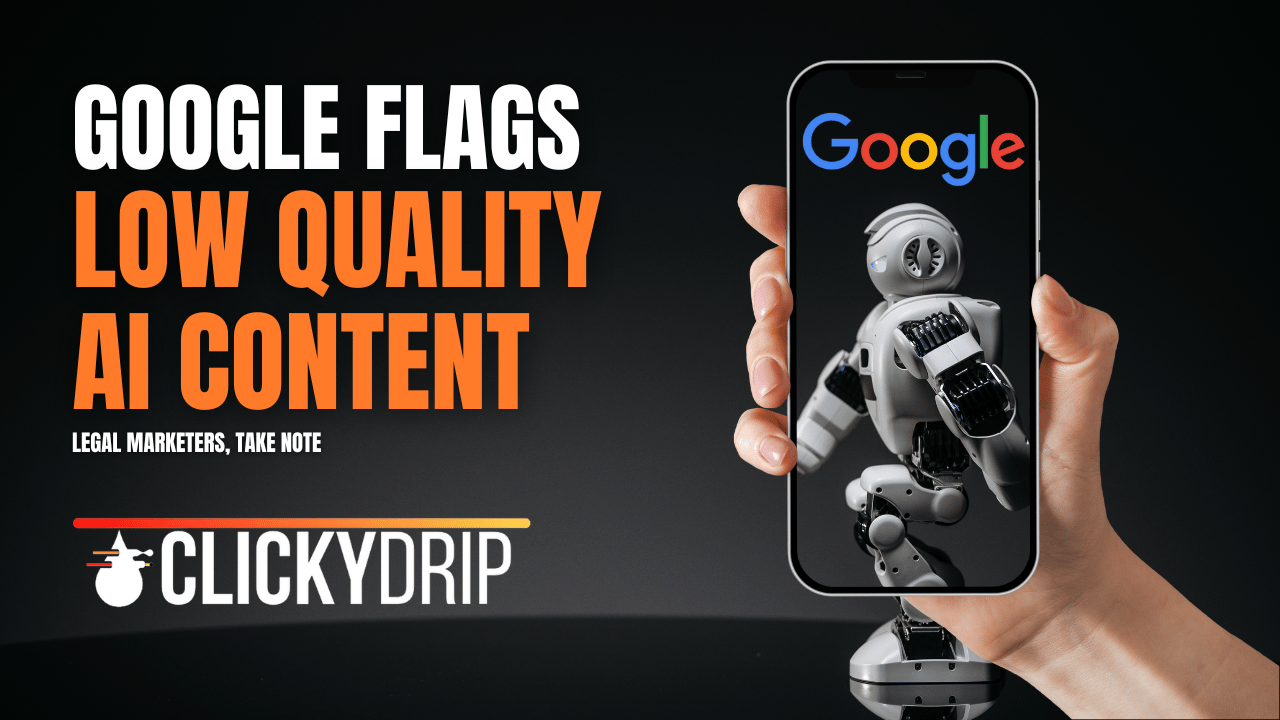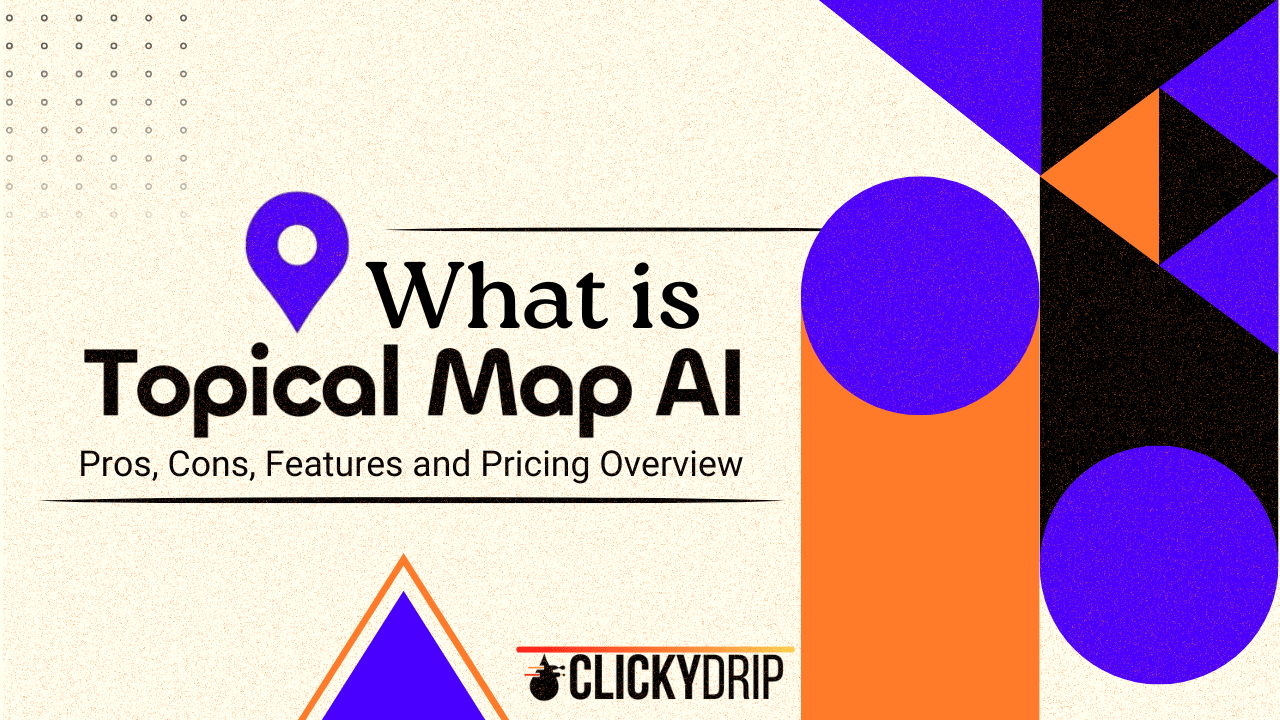Forget the old idea that Gen Z only cares about TikTok clips and short YouTube videos. New findings from TheCurrent.com show a different picture: this generation is watching more long-form, premium content than anyone expected.
From cinema to podcasts, streaming platforms to gaming, Gen Z is showing up, and advertisers are starting to notice.
Gen Z are Still Going to the Movies

When ‘A Minecraft Movie’ hit theatres in April, 99% of the U.S. audience during its opening weekend were between 13 and 24 years old. The film pulled in nearly $1 billion globally, with more than $400 million from the U.S. box office alone.
According to National Research Group (NRG), Gen Z now goes to the cinema more than any other age group. In fact, monthly theatre attendance among Gen Z Americans has jumped by 29% since 2021.
That shift isn’t just cultural, it’s commercial. Advertisers working with cinema networks like National CineMedia (NCM) and Screenvision are investing in fresh tools to better target these young audiences.
Long-Form Isn’t Dead. It’s Thriving

Yes, Gen Z scrolls. But they also sit and watch. According to GWI, over half of Gen Z globally use YouTube every day. That doesn’t mean they only want quick hits.
Matthew Smith, data journalist at GWI, says,
“They’re the most likely generation to prefer long-form to short-form, and they believe long-form is more educational and is of a greater quality.”
They’re also digging into older shows on streaming platforms, discovering music via audio apps, and gaming socially for hours a week. So if you’re marketing to this audience, leaning too hard into snackable content might be the wrong play.
Related News: Trump Approves New 90-Day Extension for TikTok Deal
From Cinemas to Streaming Screens
Big-screen hits don’t stay in theatres for long, and Gen Z follows them to streaming platforms. That crossover creates real opportunity for brands to extend their campaigns well beyond a film’s theatrical run.
Smith puts it simply:
“Advertisers should pay attention to the rights of major cinematic releases in order to capitalize on viewership later down the line.”
And it’s not just new content they want. A Tubi and Harris Poll survey found that 87% of Gen Z viewers want streaming services to surface older shows and films they haven’t seen before.
Audio Is Having a Moment, Just Not in Ad Budgets

Music streaming is a daily habit for 65% of Gen Z, according to NRG. But it’s podcasts that are gaining the most ground. GWI’s data shows that podcast-fueled product discovery is now outpacing TV, social media, and even music platforms.
Still, there’s a disconnect. Audio makes up 25% of consumer attention, yet gets just 8% of advertising investment.
Will Doherty, SVP of inventory partnerships at The Trade Desk, believes that gap is a mistake.
“Almost any other part of your media plan will be positively impacted when you combine it with audio. It’s one of those channels that becomes a superpower for almost every other investment.”
You might be interested in: Digital Ad Growth Slows as Market Matures, Says eMarketer
Gaming Is More Than Play, It’s Social Infrastructure
According to Dentsu, there are now 3.4 billion gamers around the world. Gen Z isn’t just playing, they’re logging hours to hang out with friends. A third of them say socialising is their main reason for gaming.
GWI reports Gen Z gamers spend at least nine hours a week playing. Yet despite this massive engagement, in-game advertising still accounts for less than 5% of ad spend.
That may change soon. At this year’s PlayFronts, Roblox announced brands can now programmatically buy rewarded video ads. Smith sees this as a major opening:
“They’re as likely to discover new brands and products through in-game advertising as they are ads on TV and film streaming services.”
Rethinking Your Gen Z Strategy
If you’re still treating Gen Z as TikTok-only consumers, you’re missing half the story. This is a generation that pays attention to movies, podcasts, old-school shows, and even in-game brand placements.
And if you’re building your next campaign for them, you need more than just scrollable hooks. You need substance, storytelling, and systems that work across formats.
Read Next: Meta Turns WhatsApp Into a Marketer’s Playground with AI, Ads, and Calls





